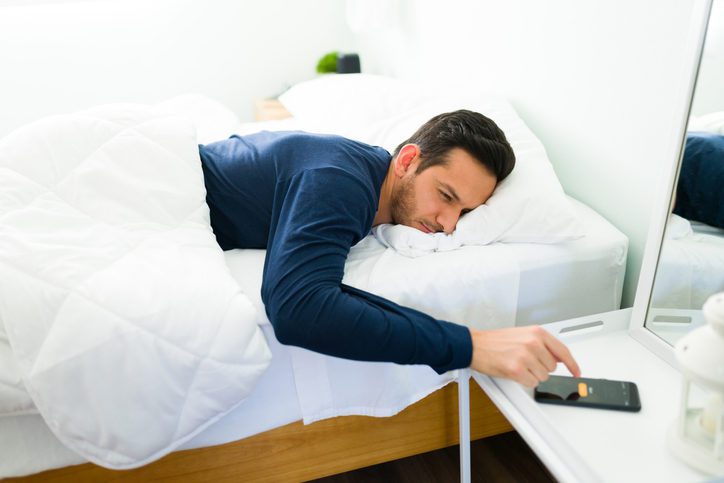Proper sleep is one of the best ways to improve cycling performance, but so many cyclist struggle to get enough good-quality shuteye every night. Stress has a significant impact on your ability to sleep well, and the graph below demonstrates just how tightly the two are connected. In other words, cyclist who want to perform well need to sleep well, and if you want to sleep well, you need to reduce stress.
How does sleep impact stress levels?
Here’s some data on hours of sleep compared to self-reported stress levels in a group of college runners.
Notice a trend? pic.twitter.com/jCURwUUz2Y
— Steve Magness (@stevemagness) April 4, 2022
Sleep is one of the best ways to improve cycling performance, but so many cylists truggle to get enough good-quality shuteye every night. Stress has a significant impact on your ability to sleep well, and the graph below demonstrates just how tightly the two are connected. In other words, cyclists who want to perform well need to sleep well, and if you want to sleep well, you need to reduce stress.
How to relieve stress at bedtime
Studies have proven that lack of sleep is detrimental to athletic performance, so for many cyclists, reducing stress so they can improve their sleep could be the ticket to their next KOM. Here are a few ways to reduce everyday stress so you can get more shuteye:
1. Take a warm shower or bath
Your body naturally begins to cool itself off as you get close to bedtime (do you ever find yourself reaching for a sweater in the afternoon?). This is intentional and is your body’s way of gradually preparing you for sleep. A warm shower or bath will initially warm your body up, which helps initiate this cooling-off process. As a side bonus, the warm water can be very soothing for your muscles, which can also relax your body and make it easier to fall asleep.
2. Journal
If you find you’re tossing and turning at night with thoughts and worries, consider keeping a journal next to your bed. Each night before you go to sleep, write down what’s worrying you to get them out of your head and onto paper. That alone can often reduce stress, but if that’s not enough, consider following that up with a to-do list for the next day to help put your mind at ease.
3. Schedule worrying time
This may sound a little silly, but it’s actually a common technique used in cognitive behavioural therapy. Each day, set aside a specific time when you’re going to go through all the things in your mind that are…
Click Here to Read the Full Original Article at Canadian Cycling Magazine…

